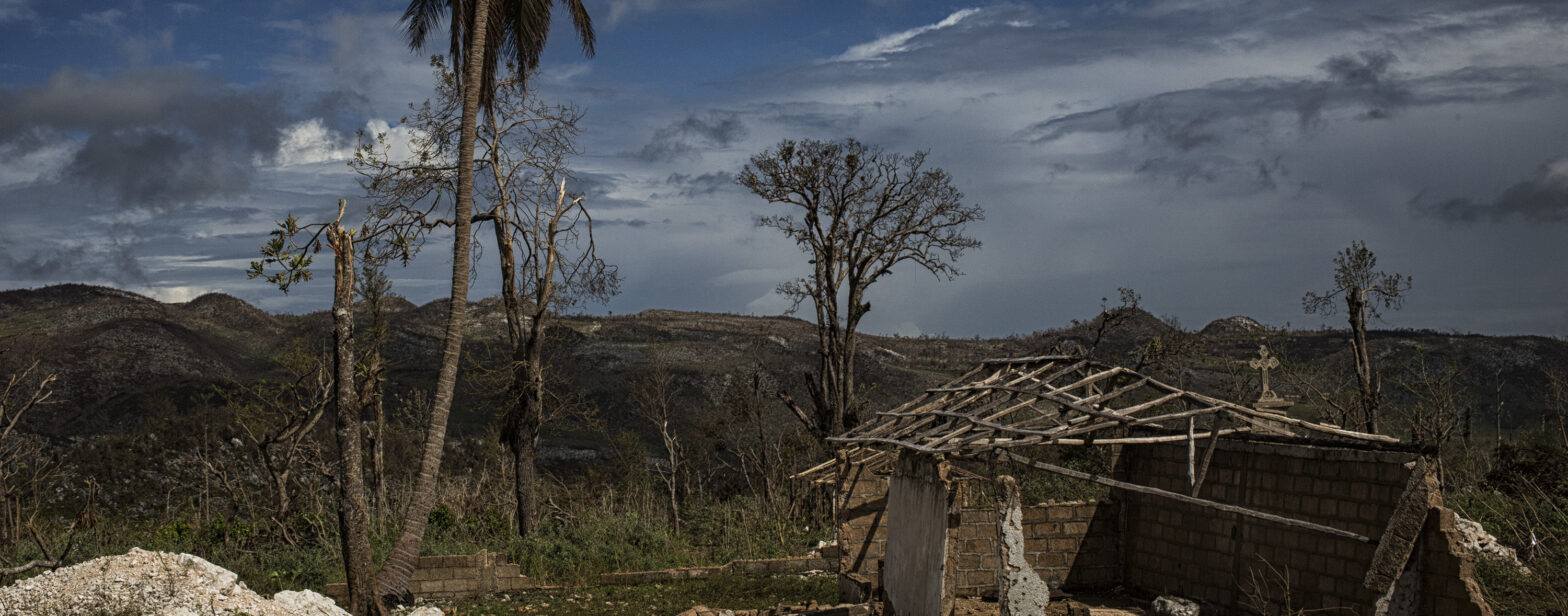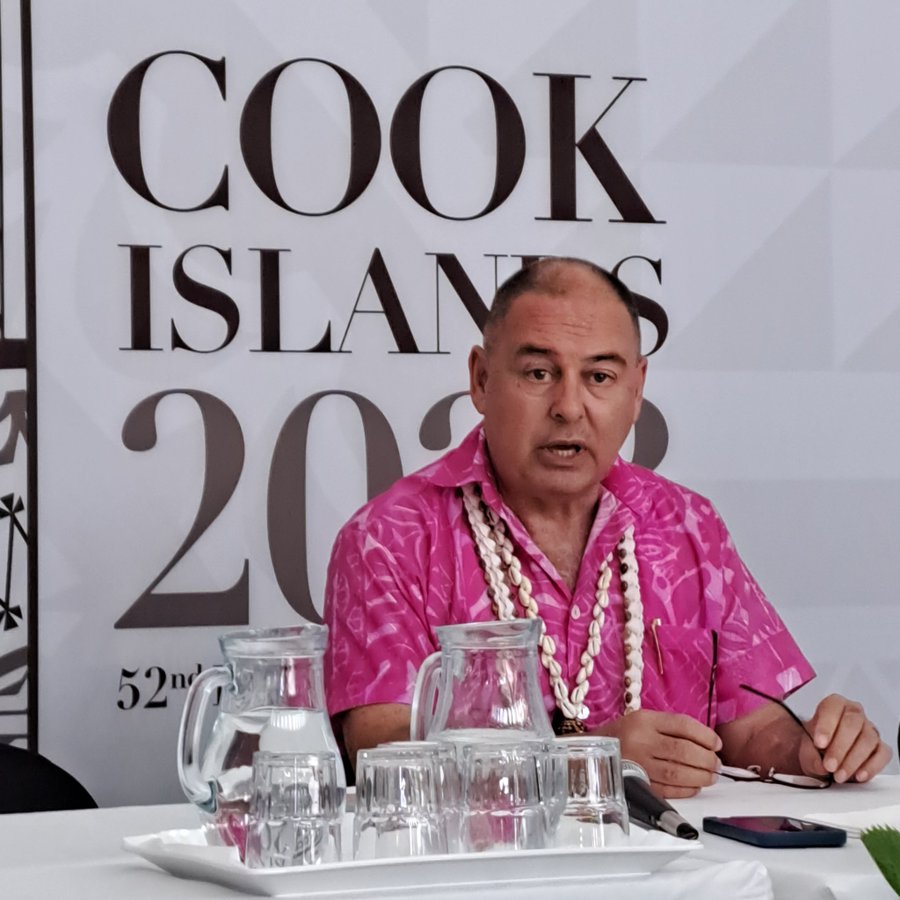There is a critical need to boost climate finance in the Pacific, as the window for taking transformative action is closing, writes ADB Pacific Senior Climate Change Specialist
The Pacific is at the forefront of climate change action, with the small island developing states of the region among the first in the world to sound the alarm about the need to take urgent action. This message was reinforced at the recent Pacific Island Forum, where Pacific leaders declared a climate emergency that threatens the livelihoods, security and wellbeing of their people and ecosystems.
This emergency takes many forms. Recently, prolonged drought has caused water shortages in Kiribati and Tuvalu, Category 5 cyclones Yasa and Harold have taken lives and destroyed infrastructure and livelihoods, and storms and rising sea levels have routinely caused coastal flooding throughout the region. Climate change impacts and risks are compounding, becoming increasingly complex, and more difficult to manage. A report from the IPCCthis year says the world is at a crossroads.
The imperative is clear. There is a critical need to pursue climate-resilient development and boost climate finance in the Pacific, as the window for taking transformative action is closing. The Asian Development Bank proposes four main ways to do this.
One, climate investment must be based on priority climate-related challenges, backed by the latest science and the daily realities of Pacific communities. We propose to conduct more upstream climate and disaster risk assessments that consider risks at a system level, for instance for a city or an island. This information will allow for adaptation investment planning across all sectors, such as water, health, transport, and education.
We must also base our support on country priorities. Countries in the Pacific each have their own Nationally Determined Contributions, National Adaptation Plans, and Long-Term Strategies and they must be considered when it comes to climate change investment.
Two, ADB will use various regional programs, funds, and technical assistance projects to help develop investment-ready climate change responsive projects. These include the Ireland Trust Fund for Building Climate Change and Disaster Resilience in Small Island Developing States, which has seen nearly US$12 million approved for 21 projects in just three years, and the Urban Resilience Trust Fund, which will be relaunched later in the year and will, for the first time, provide financing for up to five Pacific countries. ADB is also spearheading the Blue Pacific Finance Hub to scale up ocean-climate action and sustainable blue economy investments in the Pacific region.
Three, we must increase the amount of finance going towards projects that support low carbon and climate resilient development. Although ADB has accelerated climate finance to the Pacific (from an average of US$60 million per year from 2016 to 2018 to almost US$100 million per year from 2019 to 2021), climate finance as a share of regional commitments has increased only a small amount (from 11 percent to just 12 percent) during that period. This year, we are projecting both in increase in the overall amount of climate finance (about US$150 million) and also the share of climate finance to overall commitments (19.5 percent).
However, the Pacific’s climate financing needs are immense, so strong partnerships are also needed. As developed countries seek to increase their levels of climate finance by 2025, particularly for adaptation, we must engage with partners to improve and streamline access to climate finance, while, at the same time, Pacific countries must have a say in how climate finance is distributed and managed.
And finally, fourth, Climate finance must be more flexible and efficient. One example is the Pacific Renewable Energy Investment Facility, which uses a streamlined and programmatic approach to processing many small-value renewable energy projects throughout the region. As of December 2021, more than US$105 million in ADB loans and grants had been committed under the facility.
Another emerging instrument is the policy-based operation. This instrument has commonly been used to drive public financial management and private sector development reforms, but is now being directed to promote needed climate change responses. For instance, climate change is a key cross-cutting element of the US$150 million Sustainable and Resilient Recovery Program for Fiji, which was approved in June and is supporting the implementation of the country’s Climate Change Act, which is among the world’s most comprehensive pieces of climate legislation.
As the world prepares to convene in Sharm El-Sheikh for COP27, the premier global climate change event, it is important this message of collective, innovative, urgent, and transformative action becomes ingrained. By prioritising climate-resilient development, supporting regional priorities, and working together with our Pacific developing member countries and with key partners and donors, ADB is dedicated to achieving this in the Pacific.
This opinion is by Jeffrey Bowyer, Senior Climate Change Specialist at ADB’s Pacific Department, originally published at ADB on 21 October 2022, reposted via PACNEWS.



